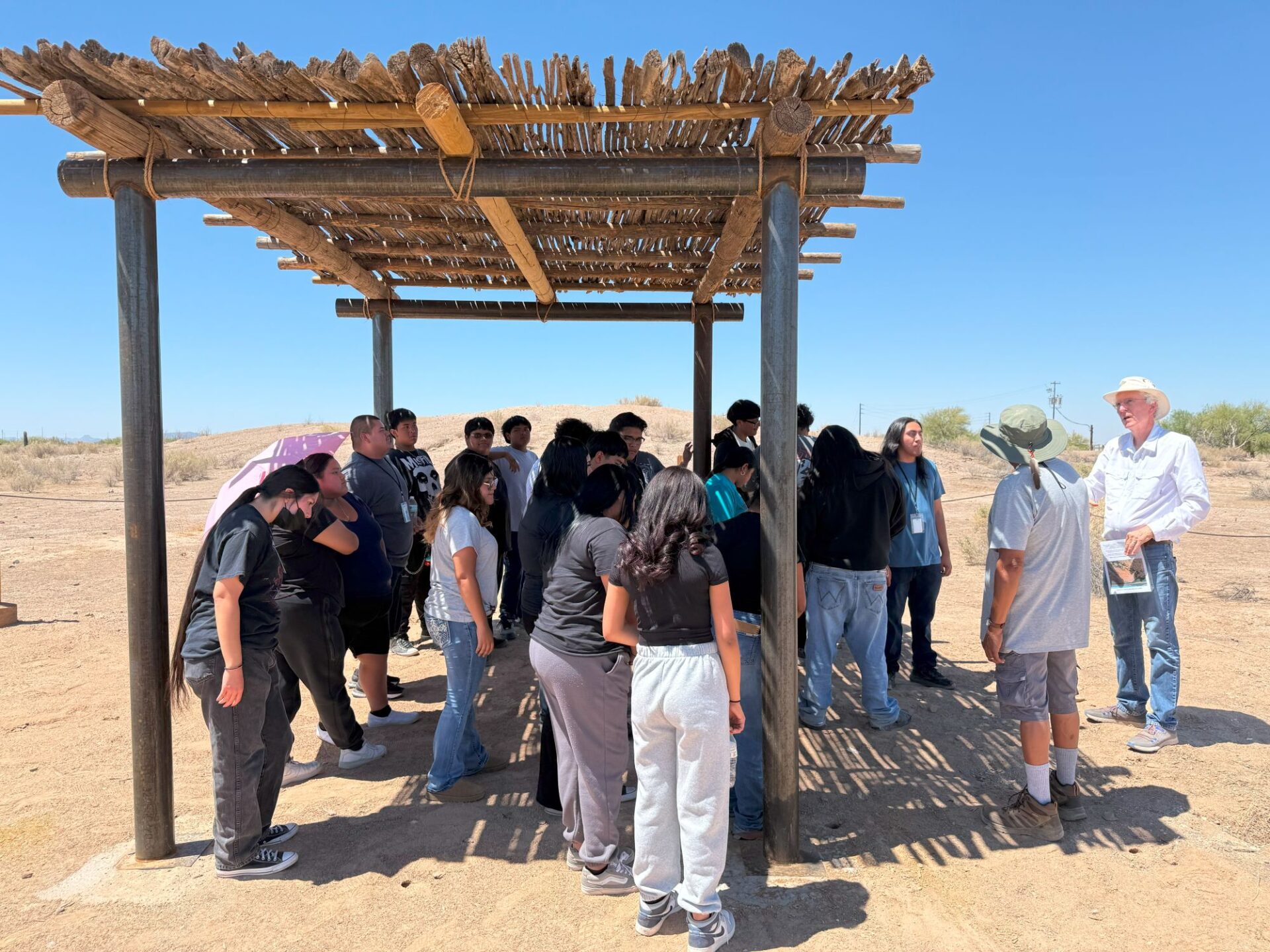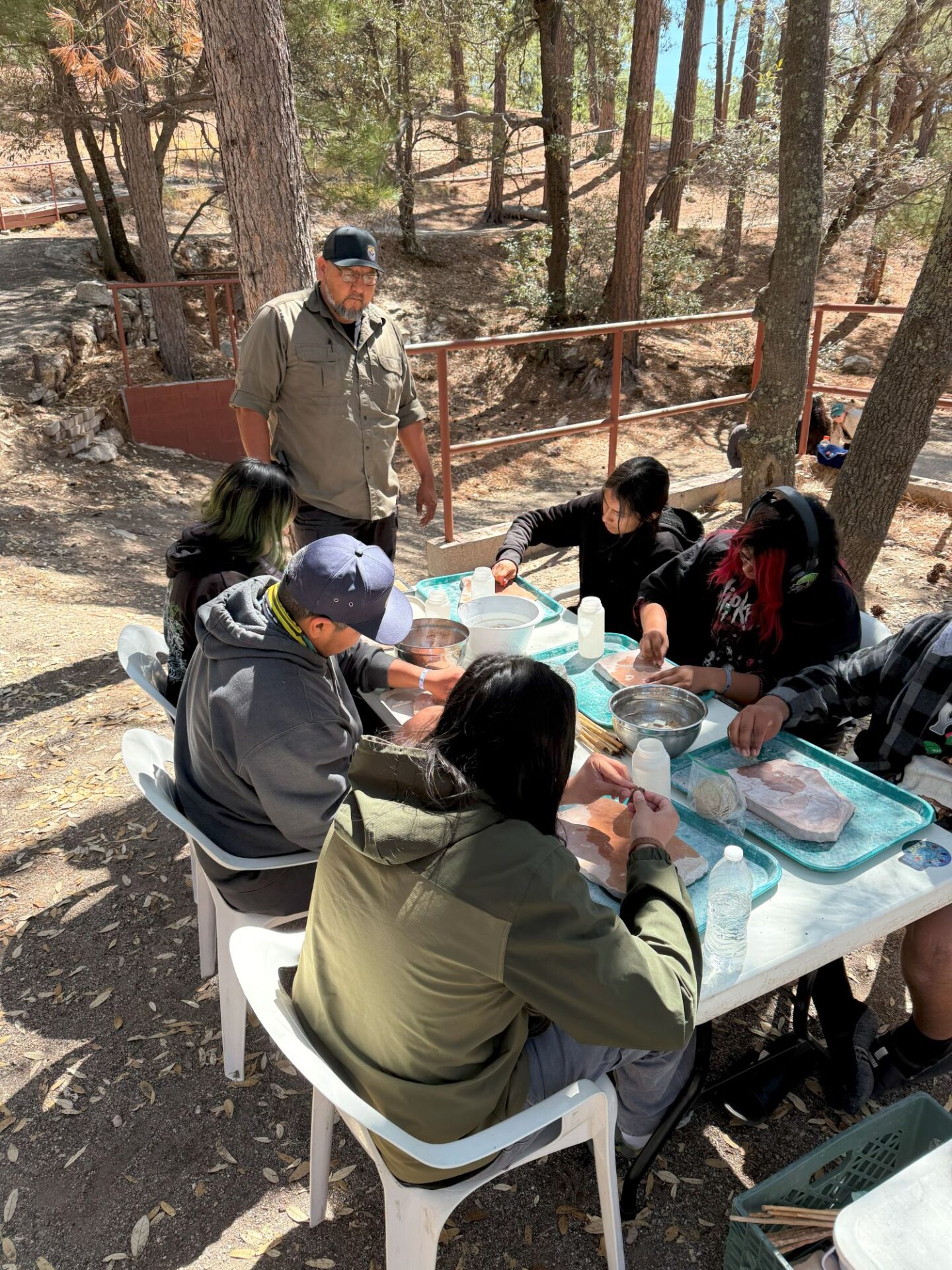- Home
- >
- Preservation Archaeology Blog
- >
- Reaching out to Youth, Year 2
(July 10, 2025)—Last year, opportunities to work with both Indigenous and non-Indigenous youth presented themselves in a seemingly serendipitous way. I learned of the Bryan Brown Foundation while presenting to a Tribal District Council on totally unrelated issues. I connected with the Foundation’s founder, Julian Garcia, a retired detective of the Tohono O’odham Police Department. He was looking for programming for the Bryan Brown Youth Academy, and I jumped at the chance to spend a day with the young people enrolled in that program. Anastasia, Allen, Sara, Rocky, and I had a great time participating last year.
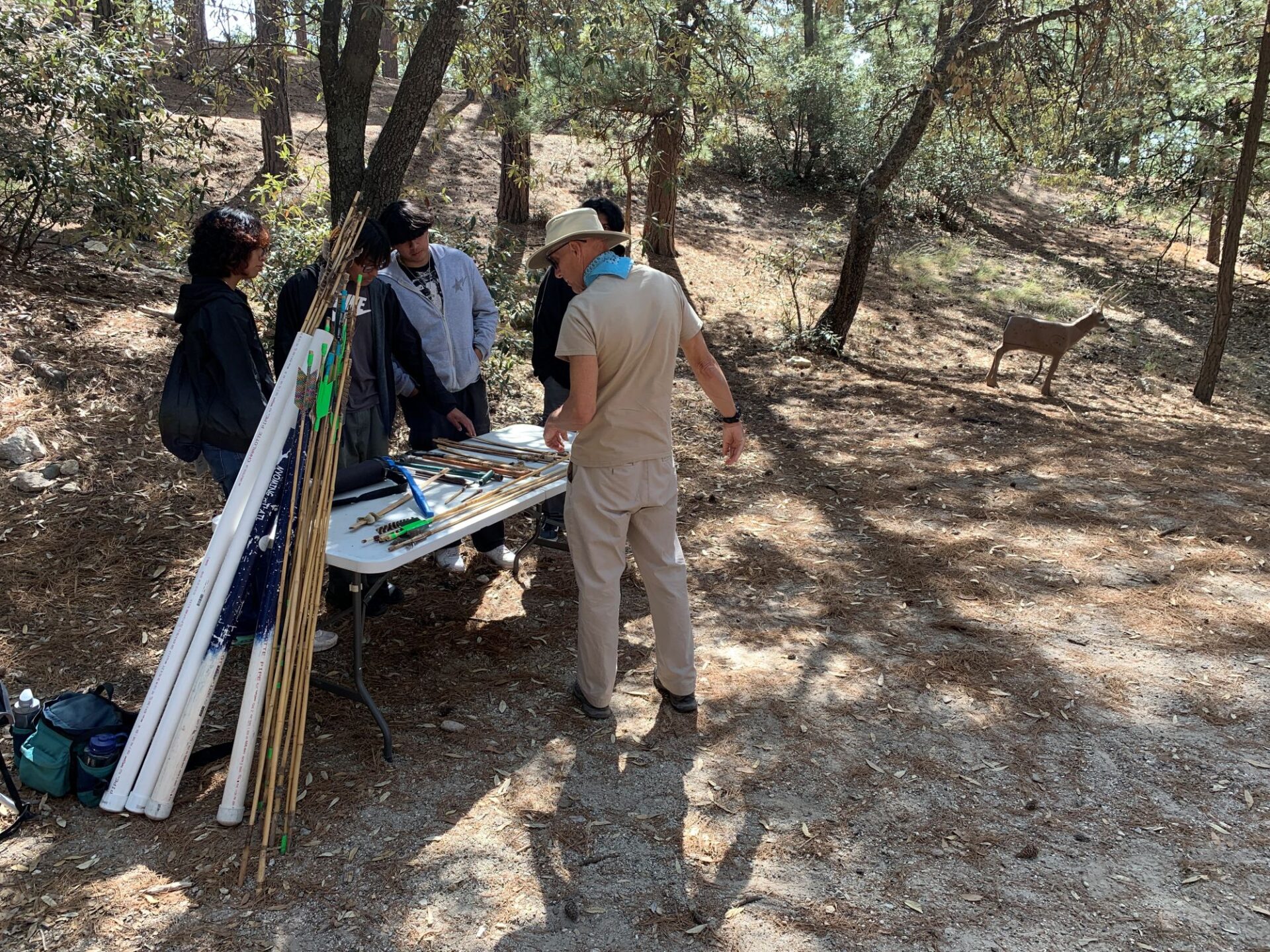
Through that program, I met Nizhoni Baldwin, a Diné woman who is the Volunteer and Community Engagement Coordinator for Wild Arizona. Wild Arizona hosts a Youth Conservation Corps every Summer, and in 2024 Nizhoni asked that I share the activities I brought to the Bryan Brown Youth Academy with the Youth Conservation Corps. Last year, Allen, Sara, and I went out to their camp in the Chiricahua Mountains for a day.
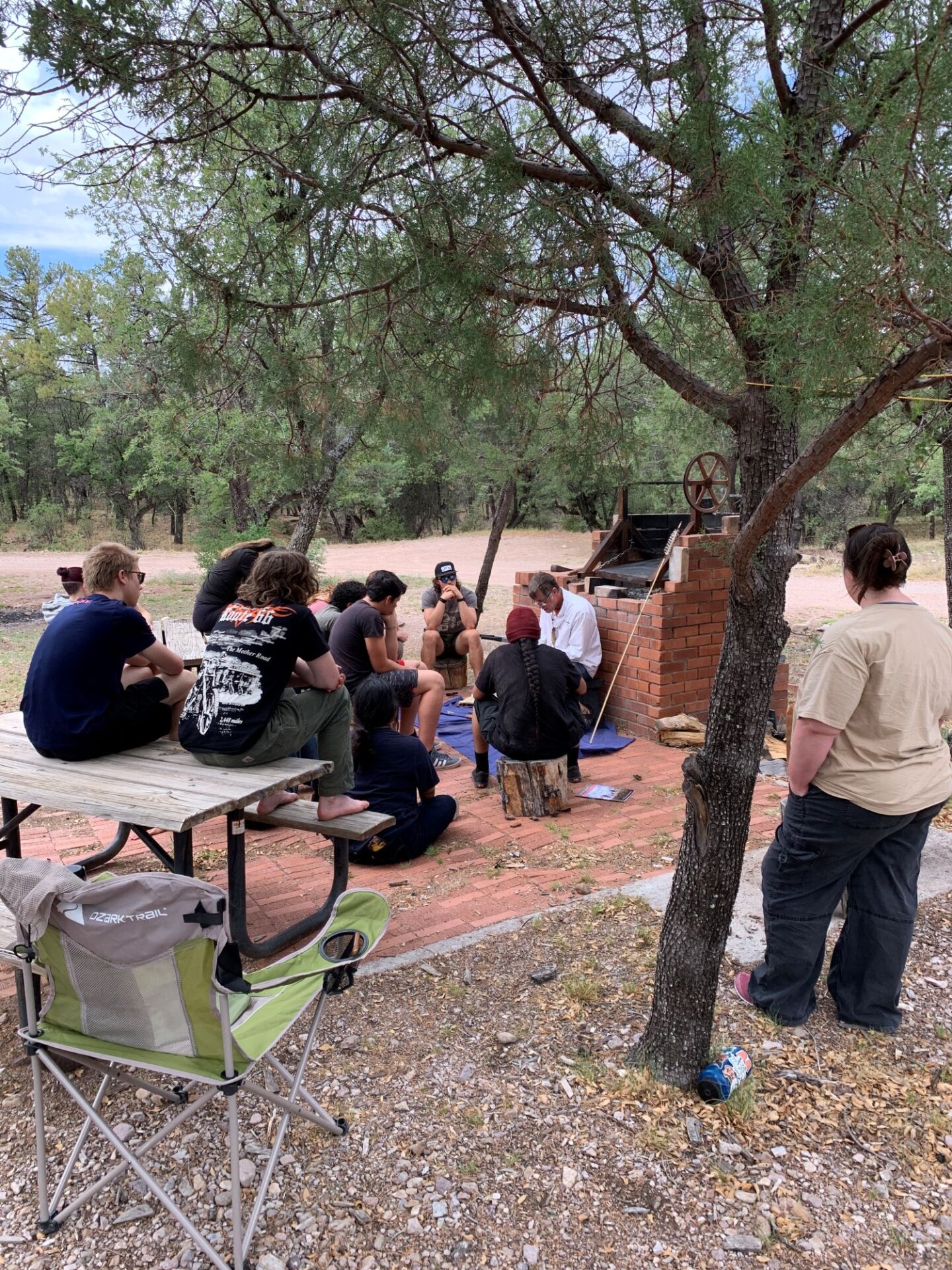
Through my relationship with leadership at San Lucy District of the Tohono O’odham Nation, which has been built around advocacy for the protection of the Great Bend of the Gila, I also had the opportunity to spend a day with their Summer Youth Workers program last year. This time Shannon joined me and Sara for a hot day in Gila Bend with that group.
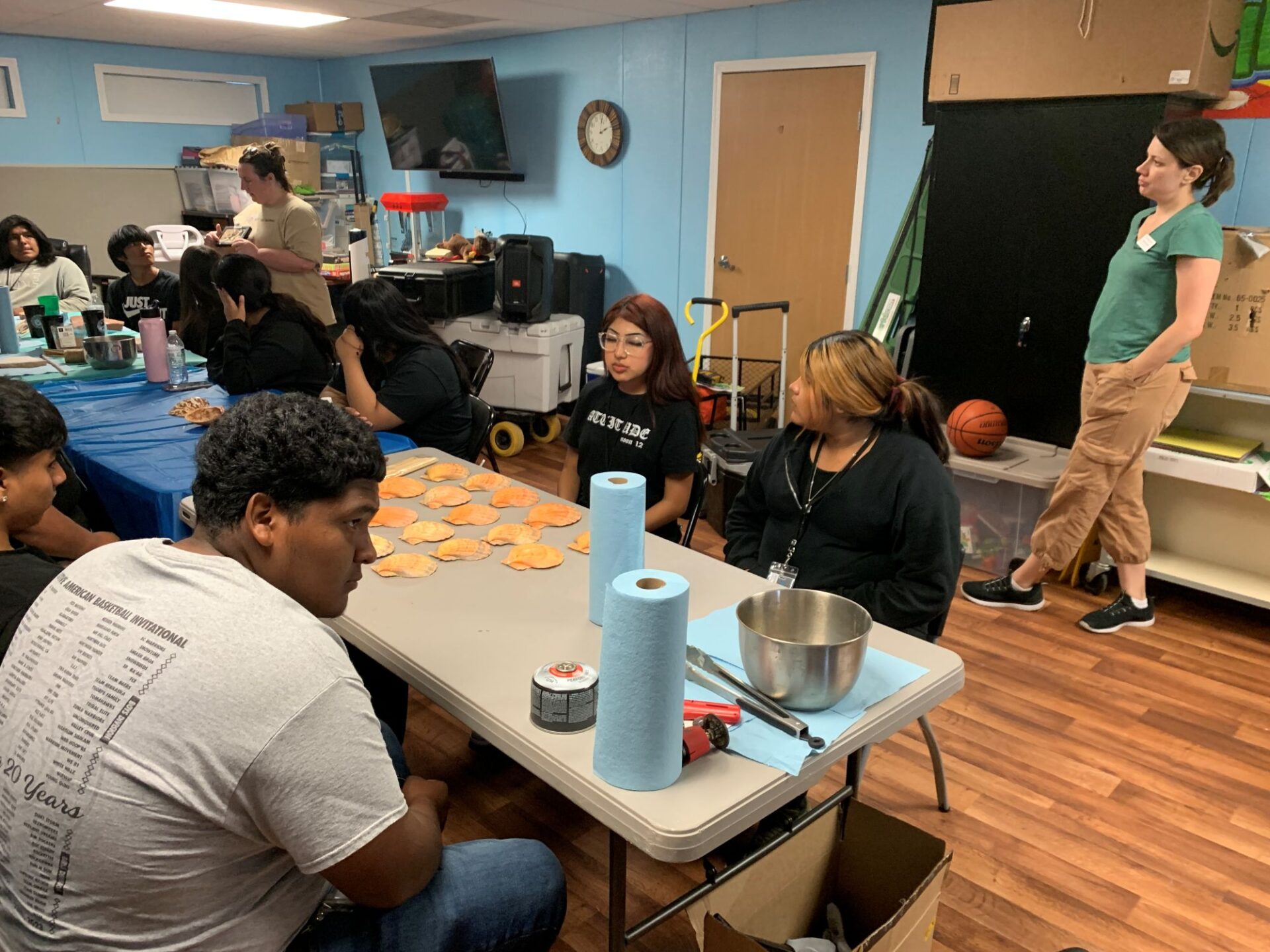
Each of these programs—the Bryan Brown Youth Academy, the Wild AZ Youth Conservation Corps, and the San Lucy District Youth Summer Workers program—has a specific focus in their programming and specific goals for their young people. Still, each program has one day a week dedicated to education outside of that specific focus to provide a well-rounded curriculum.
What I hope to accomplish on my days with these kids is multifaceted. One is to uphold what I believe to be a debt to the youth programs that I participated in as a kid and young adult myself. I wouldn’t be where I am today without those programs, so what better way to give back than to show up and contribute to each of these programs in a small way?
Another goal is to teach youth about archaeology and conservation, about land and culture, and about how these concepts are not separate but rather deeply intertwined. This is why I am grateful for the support from my colleagues who set aside their usual duties to give a day, or sometimes their whole weekend, to join me on these youth outreach days. Their backgrounds as archaeologists working in diverse programs fill the gaps in my perspective and knowledge, and I find their personal ways of educating fascinating to watch.
A third goal is simply to make sure the kids have a good time. When I think back on my time in the Arizona Conservation Corps, I always viewed education days as days off or a “light-duty” day away from trail or chainsaw. Our Hands-On programming provided by Sara and Allen, and now in part by Sarah Oas, is a great way to get kids learning in an interactive and physically active way. We bring altatls with blunt darts and a foam deer to throw them at; we bring rabbit sticks along with stuffed animals to “hunt”; we set up a table for pendant making; we bring tools for processing traditional foods along with examples of those foods. The kids take turns participating in each activity, and while they do, each of our staff teach them about the significance of those tools in the archaeological record and their importance in the lives of Indigenous Peoples past and present.
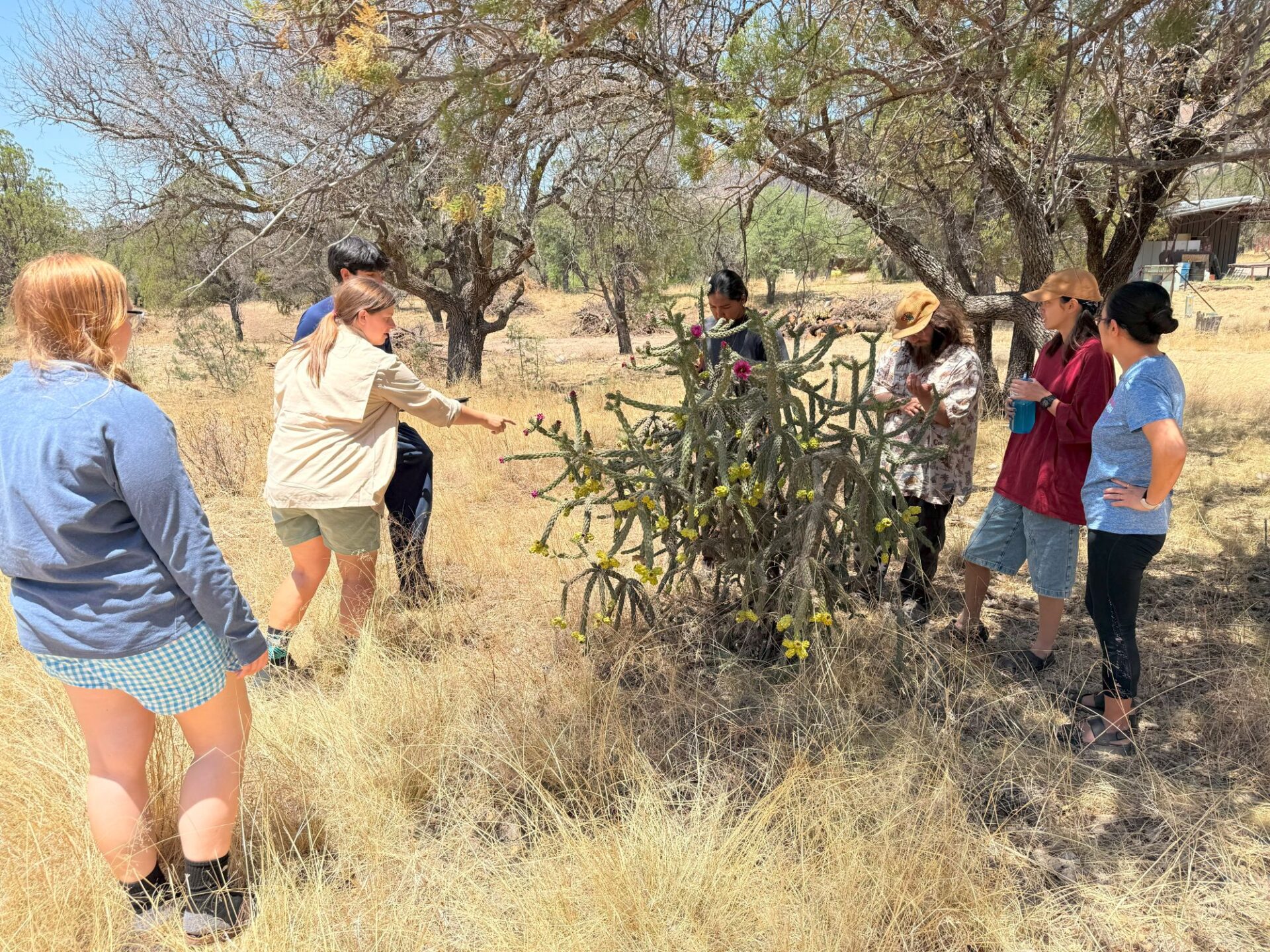
A final goal is to give the youth a foundation of knowledge to carry with them as they grow into their professional lives. I do this through an interactive card activity that we refer to as “Hidden Narratives.” The activity is essentially a timeline that focuses on important historical events related to Indigenous Peoples, bedrock conservation and archaeology policy, settler colonialism, founding of land management agencies, environmental and human justice, and establishment of national parks, wilderness areas, and national monuments. I mix up these cards and then distribute them among everyone present and tell them they have to put the cards back into chronological order. When this is completed, everyone reads each card.
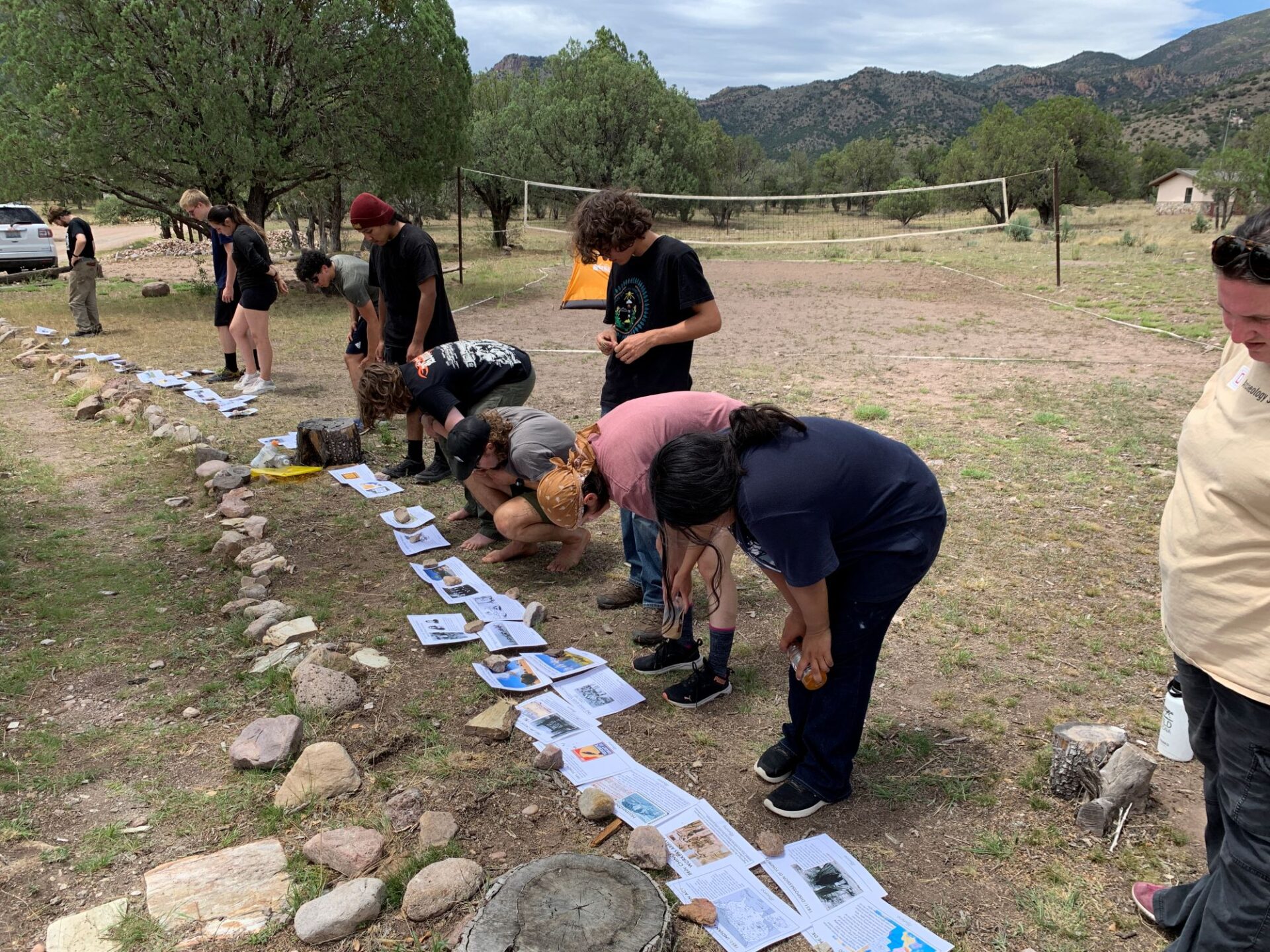
Afterward, everyone sits down for a discussion. As I facilitate this discussion, the goal is to reach a positive outcome, and one of the takeaways of this activity is not to cast shame, guilt, or blame. Rather, it is to acknowledge the long story that has led to both Indigenous and non-Indigenous People’s current relationship to and perspectives on land, culture, conservation, and archaeology in America. As I have stated before, and as Archaeology Southwest acknowledges, the field of conservation and field of archaeology have, historically, excluded Indigenous Peoples from their heritage. Whether it is their heritage in the form of archaeological material, or literally being removed from their homelands, it is Indigenous homelands that make up today’s public lands and make it possible for the National Landscape Conservation System, National Wilderness Preservation System, National Park System, and other forms of protected conserved lands to exist.
Another goal of the Hidden Narratives activity is to teach youth that they now have the opportunity to move forward in more equitable ways knowing what should not be repeated into the future when it comes to land, culture, conservation, and preservation. Often, the questions and observations the students ask or share are deeply profound to me—and at times emotional—but the outcome of working through those emotional and intellectual challenges together as a group is the key to reaching a way forward. I have often had kids come to me individually after this set of activities to give me their personal thank yous, either for teaching them or for simply being there. Those moments really are what motivates me to continue the work of reaching out to the next generations.
So, in that spirit, this year myself and staff returned for the Bryan Brown Youth Academy 2025 cohort. We also joined the San Lucy Youth Worker’s Program, but this time we had the opportunity to take them out to two important archaeological sites just short drives away from their homes in the Great Bend of the Gila. And, most recently, we spent a night camping in the Chiricahua Mountains before joining the Wild AZ Youth Conservation Corps, where I was pleased to see some familiar faces from last summer. It’s my hope to maintain my relationship with these organizations and programs, and I hope to get more opportunities to lead hikes with youth to archaeological sites.
I’d like to give a big thank you to longtime volunteer Rocky Hettinger, who has helped us out at a number of these events in the last two years. Thanks, Rocky! Finally, thank you to the Bryan Brown Foundation, Wild Arizona, and the San Lucy District for letting us spend a day with their respective youths.
